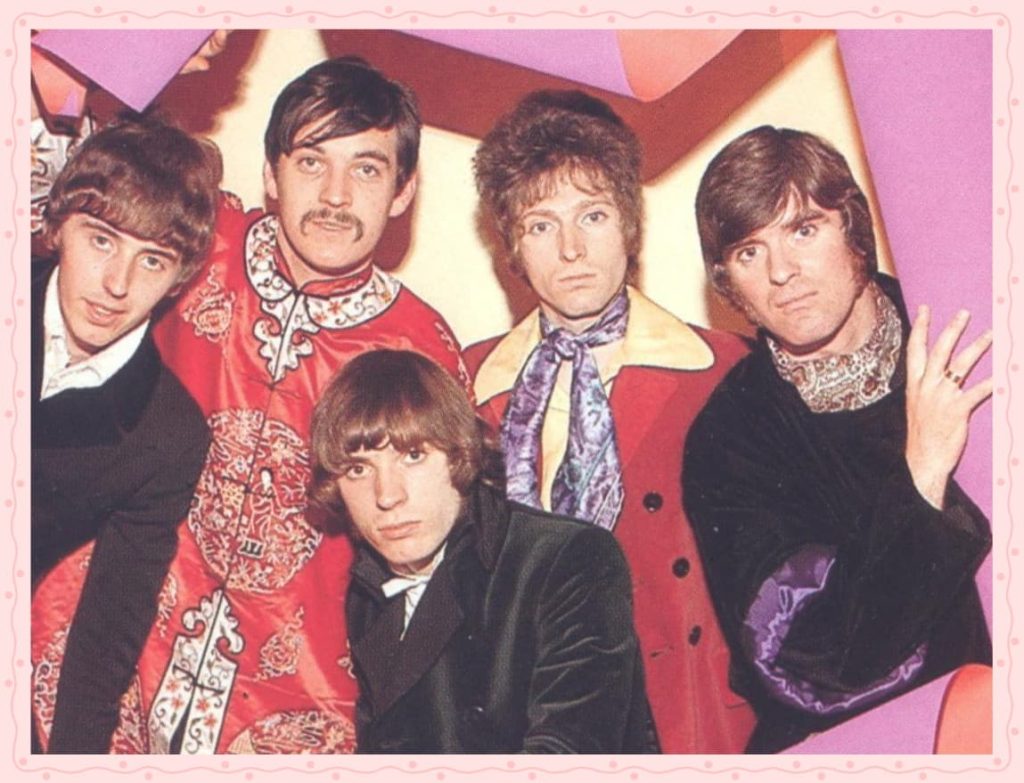
Echoes of Baroque Dreams: When a Surreal Vision Painted the Charts
A melancholic tapestry of love, loss, and ethereal imagery, “A Whiter Shade of Pale” remains an enduring enigma of the late 60s, a haunting ballad that transcended its era. Upon its release in 1967, this enigmatic masterpiece by Procol Harum ascended to the pinnacle of the UK Singles Chart, reigning supreme for six weeks, and achieved a commendable number five on the Billboard Hot 100 in the United States. It was a global phenomenon, a sonic apparition that captivated listeners with its unique blend of classical influence and psychedelic undertones.
The genesis of “A Whiter Shade of Pale” is shrouded in a captivating mystique. Gary Brooker, the band’s vocalist and pianist, composed the music, drawing inspiration from Johann Sebastian Bach’s “Air on the G String” and a similar bass line found in “When a Man Loves a Woman” by Percy Sledge. The lyrics, penned by his friend Keith Reid, were born from a surreal, drunken encounter at a party. Reid overheard someone utter the phrase “you’re looking a whiter shade of pale,” and this fragment became the spark for a lyrical journey into a world of metaphorical imagery and ambiguous narratives. The song’s poetic verses, rife with nautical allusions and cryptic pronouncements, defied easy interpretation, leaving listeners to ponder their deeper meaning.
The meaning of “A Whiter Shade of Pale” has been debated for decades. Some interpret it as a tale of a drunken encounter, a hazy recollection of a night of revelry and fleeting romance. Others see it as a metaphor for a more profound existential experience, a journey into the subconscious, or even a spiritual awakening. The nautical imagery, with references to “the room humming harder,” “the crowd called out for more,” and “the miller told his tale,” evokes a sense of journey and transformation. The ambiguous narrative, coupled with the song’s haunting melody, creates an atmosphere of timeless mystery, allowing each listener to find their own personal resonance within its depths.
The song’s impact was immediate and profound. Its release coincided with the Summer of Love, a period of cultural upheaval and artistic experimentation. “A Whiter Shade of Pale” became an anthem of the era, a soundtrack to the psychedelic movement, its ethereal soundscape mirroring the sense of wonder and disorientation that characterized the times. The organ melody, played by Matthew Fisher, became instantly recognizable, its baroque grandeur lending the song an air of timeless elegance. The band, still relatively unknown at the time, was catapulted to international stardom, their debut single becoming an instant classic.
The song’s enduring appeal lies in its ability to transcend generations. It is a testament to the power of music to evoke emotion and create lasting memories. For many of us who remember those heady days of the late 60s, “A Whiter Shade of Pale” is more than just a song; it is a portal to a bygone era, a reminder of a time when music was a force for change and a source of profound inspiration. It remains a fixture on classic rock radio, a timeless masterpiece that continues to captivate listeners with its haunting beauty and enigmatic charm. It resides within the soul of an era, a soft, echoing reminder of times past, and a testament to the enduring power of musical art. It stands as a powerful reminder of how a song can be so much more than just a collection of notes and words, but a true, lasting, and emotional experience.